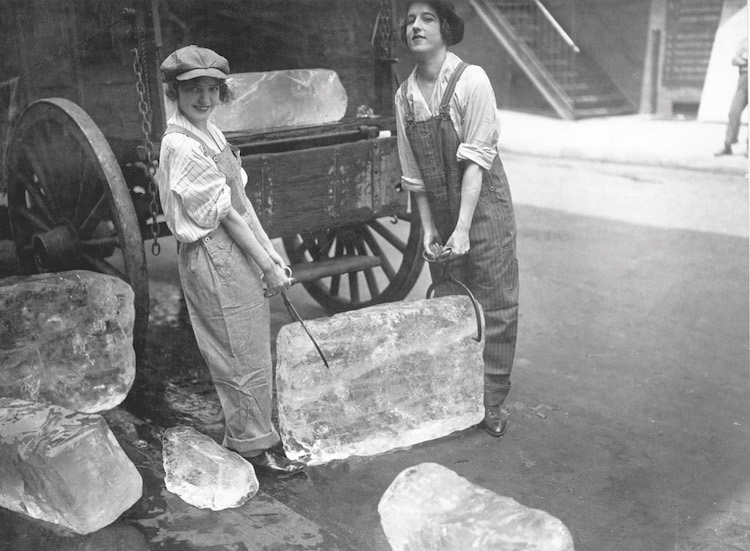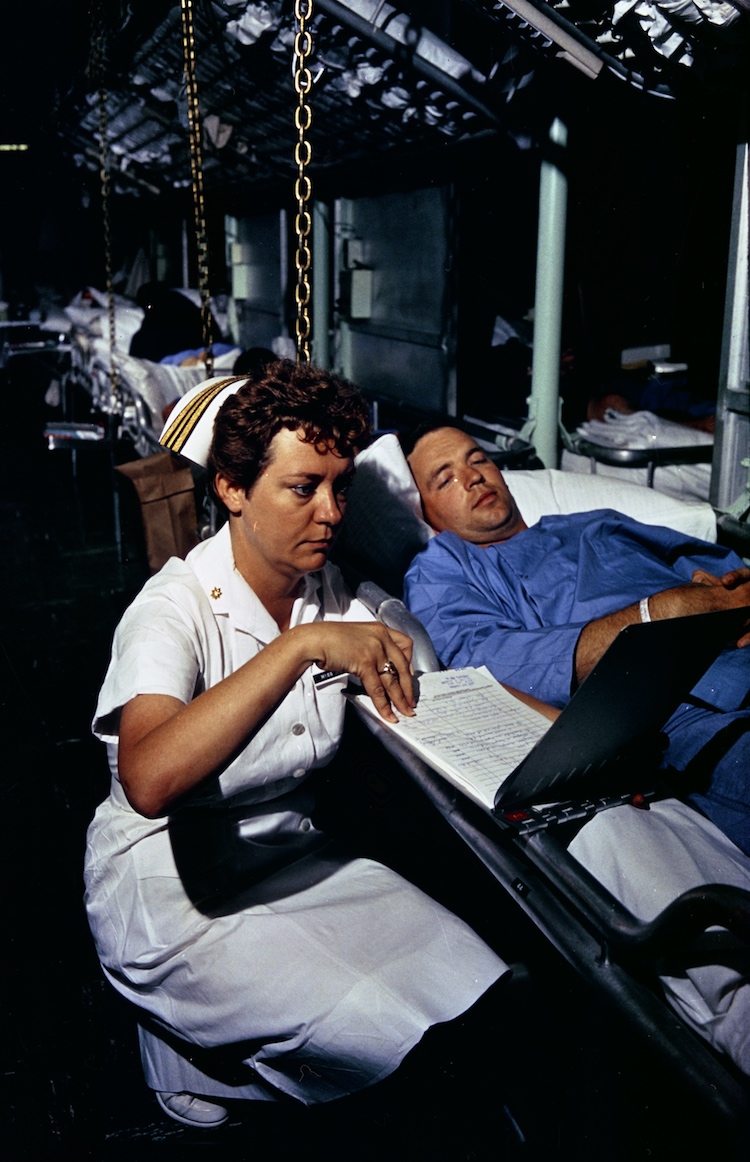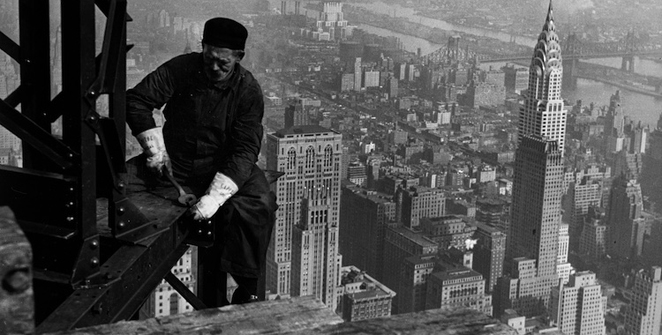Also, a local exhibition celebrating ‘Grinnell at Work’ will be developed to open in 2020
GRINNELL, Iowa — What would life be like without teachers, doctors or firefighters? Every day Americans are hard at work on farms, in factories, in homes or at desks to keep our communities thriving.
An exploration of America’s world of work will be on view from July 13 through Oct. 6 at the Drake Community Library in Grinnell. This Smithsonian Institution traveling exhibition, “The Way We Worked,” is free and open to the public.
Grinnell College is sponsoring “The Way We Worked,” made possible by the Smithsonian Institution Traveling Exhibition Service (SITES), to enhance the local community and attract visitors to Grinnell.
The opening celebration of “The Way We Worked” will take place from 9 to 11 a.m. on Saturday, July 13, at Drake Community Library, 933 Park St., Grinnell.
After exploring the exhibition, visitors are invited to join a self-guided walking tour of historic Grinnell. During the tour, storytellers will share historic photos and remarkable stories of business leaders and workers who played key roles in the development of the downtown. Golf carts will be available for those who wish to take part in the tour without walking.
Highlights of the tour will include stories about Margaret Arnold, one of the first women in Grinnell to own and operate a business (a shoe store); the original McNally’s grocery store; the blacksmith’s shop; the beatnik coffee shop; and the popular “Popcorn King” street vendor.
Tour goers will return to Drake Community Library by 11 a.m. They will then have the opportunity to have lunch downtown before checking out the nearby Grinnell Historical Museum, which opens at noon at 1125 Broad St., Grinnell.
Work has become a central element of American culture
Adapted from an original exhibition developed by the National Archives and Records Administration, “The Way We Worked” explores how work has become a central element in American culture. It traces the many changes that have affected the workforce and work environments over the past 150 years, including the growth of manufacturing and increasing use of technology.
The exhibition draws from the National Archives’ rich collections, including historical photographs, archival accounts of workers, film, audio and interactives, to tell the compelling story of how work impacts our individual lives and the historical and cultural fabric of our communities.
It also demonstrates how the diversity of the American workforce is one of its strengths, providing an opportunity to explore how people of all races and ethnicities identified commonalities and worked to knock down barriers in the work world. The exhibition shows how we identify with work – as individuals and as communities.
Visitors to the exhibition will be invited to hear workers tell their own stories and view films of various industries. Interactive components convey the experiences of multiple generations of families involved in the same industry.
Future exhibition to focus on work and workers in Grinnell
Grinnell College is one of 10 institutions selected to participate in a new Smithsonian pilot project to develop a local exhibition. The college’s exhibition will celebrate the untold stories of work in Grinnell. The Smithsonian’s Museum on Main Street program will provide the curatorial framework for this exhibition, which will be created by staff, faculty and students at the college along with a team of local teachers, historians, students and volunteers.
Together, they will incorporate local historical images, art and artifacts, video clips and oral histories to tell the story of work in Grinnell. The resulting exhibition will bring to light the who, what, where, why and how of Grinnell at work, and how these developments fit within the nation’s history. It is scheduled to open at Drake Community Library in January 2020.
Key partnership benefits communities in rural areas
SITES has been sharing the wealth of Smithsonian collections and research programs with millions of people outside Washington, D.C., for more than 65 years. SITES connects Americans to their shared cultural heritage through a wide range of exhibitions about art, science and history, which are shown wherever people live, work and play. For more information, including exhibition descriptions and tour schedules, visit sites.si.edu.
SITES’s Museum on Main Street (MoMS) was created to serve museums, libraries and historical societies in rural areas, where about one-fifth of all Americans live. Additional information is available at museumonmainstreet.org/.








